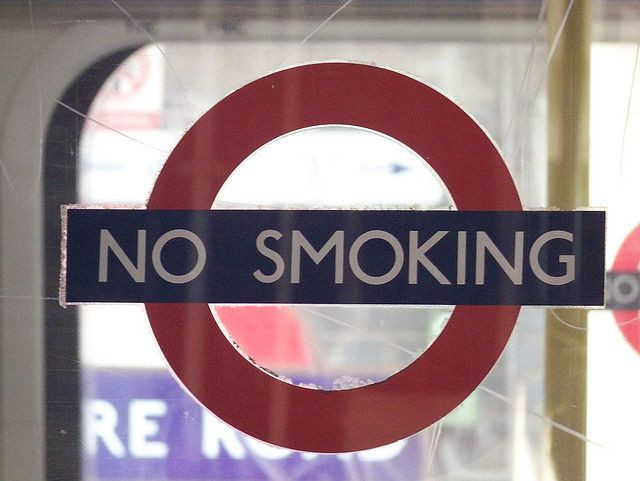Convenience Stores That Hide Cigarettes, Other Tobacco Products May Reduce Teen Smoking

Although some convenience stores like CVS have stopped selling tobacco products, many still do, and they’re almost always on display for everyone to see. Though it may be against these stores’ business interests, a recent RAND Corporation study, published in the journal Tobacco Control, has found hiding these products can reduce the chances of teens buying them.
For the purposes of the study, the researchers built a replica 1,500-square-foot convenience store in their lab, which allowed them to manipulate conditions as they saw fit. Most convenience stores feature “power walls,” large product displays that show slogans and product names in large print with the intention of drawing customers' attention to the product and making a sale. With the replica convenience store, researchers discovered that when they took the cigarette power walls down, there was an 11 percent drop in teen susceptibility to go back and buy more cigarettes.
"These findings suggest limiting the visibility of tobacco displays in retail stores may reduce the number of young people who try cigarettes," said William Shadel, senior behavioral scientist and associate director of RAND’s Population Health Program, in a press release.
The researchers proved this reduction in tobacco purchases by having 241 adolescents between the ages of 11 and 17 wander around their replica convenience store. The researchers put the cigarette power wall in three different locations: behind the cashier, on a random sidewall, or hidden behind a screen. To hide the purpose of the study, researchers told the teens they were participating in a study that looked at the shopping habits of kids their age. It is also important to note that the teens in the study were allowed to participate regardless of their past or present smoking habits.
Prior to shopping, the teens were asked to complete a questionnaire that asked a variety of questions, like whether they’d ever smoked before, when the last time they saw cigarette ads was, and how much money they normally spent in convenience stores. The participants were then sent into the store in three groups, depending on which location the power wall was in. The teens were given $10 to spend on whatever they wanted in the store, which was filled with over 650 products.
After their shopping experience, all of the kids were asked to fill out another questionnaire, which was aimed at determining how the adolescents felt about smoking and how they would feel about smoking in the future. Adolescents who shopped with the power wall hidden were found to be significantly less susceptible to future cigarette use than those who saw the cigarette power wall behind the cashier. Seeing the cigarette on a side wall had little to no effect on adolescents’ susceptibility.
The researchers concluded their study by speaking about the potential benefits of hiding cigarette power walls. “The results of this research provide confirmation that this approach to tobacco control at point-of-sale retail locations is a valid one,” they wrote. “These results also provide information for the Food and Drug Administration Centers for Tobacco Products to generate regulations to reduce the impact of cigarette advertising.”
Source: Shadel W, et al. Hiding the tobacco power wall reduces cigarette smoking risk in adolescents: using an experimental convenience store to assess tobacco regulatory options at retail point-of-sale. Tobacco Control. 2015.



























